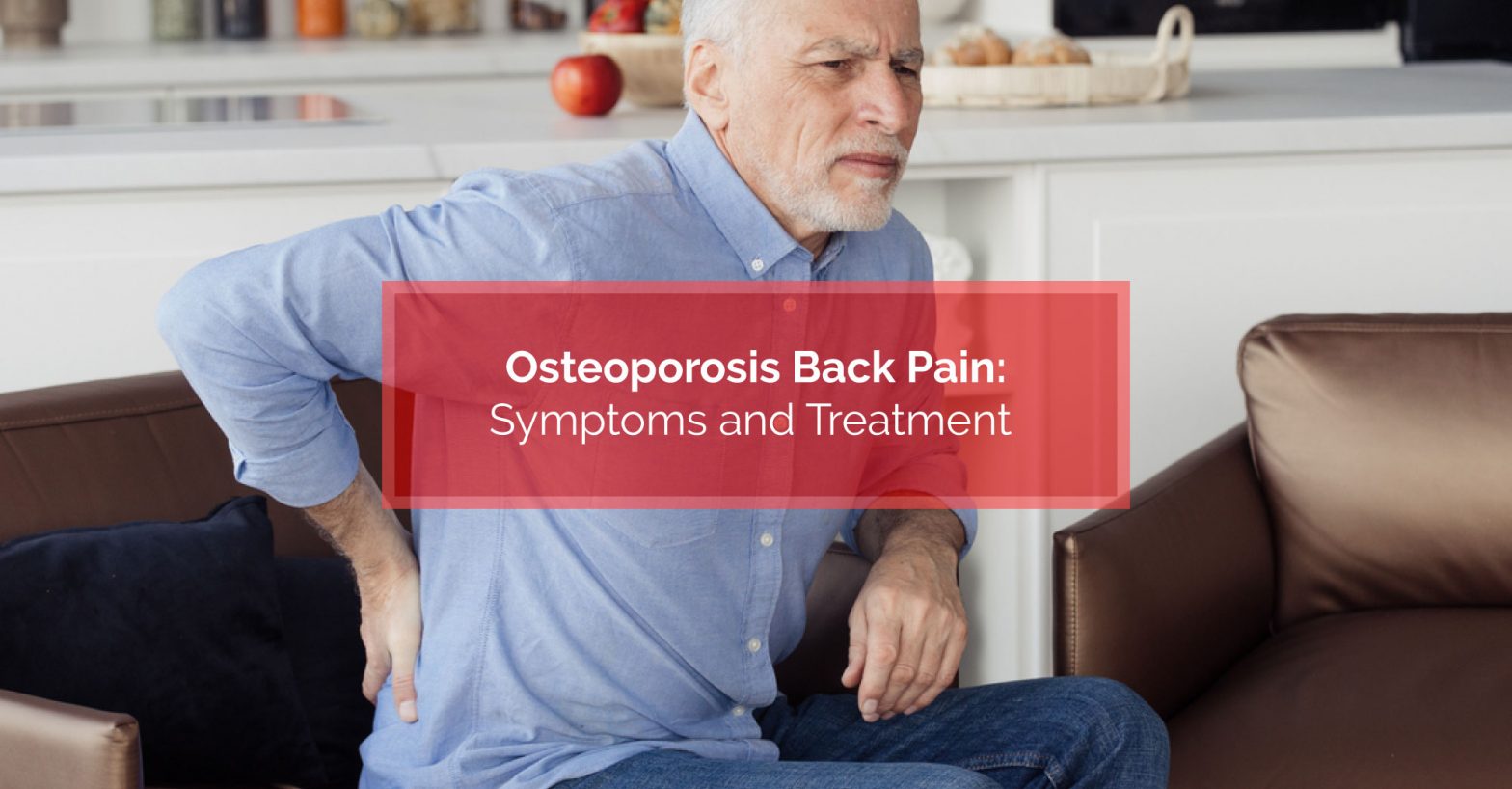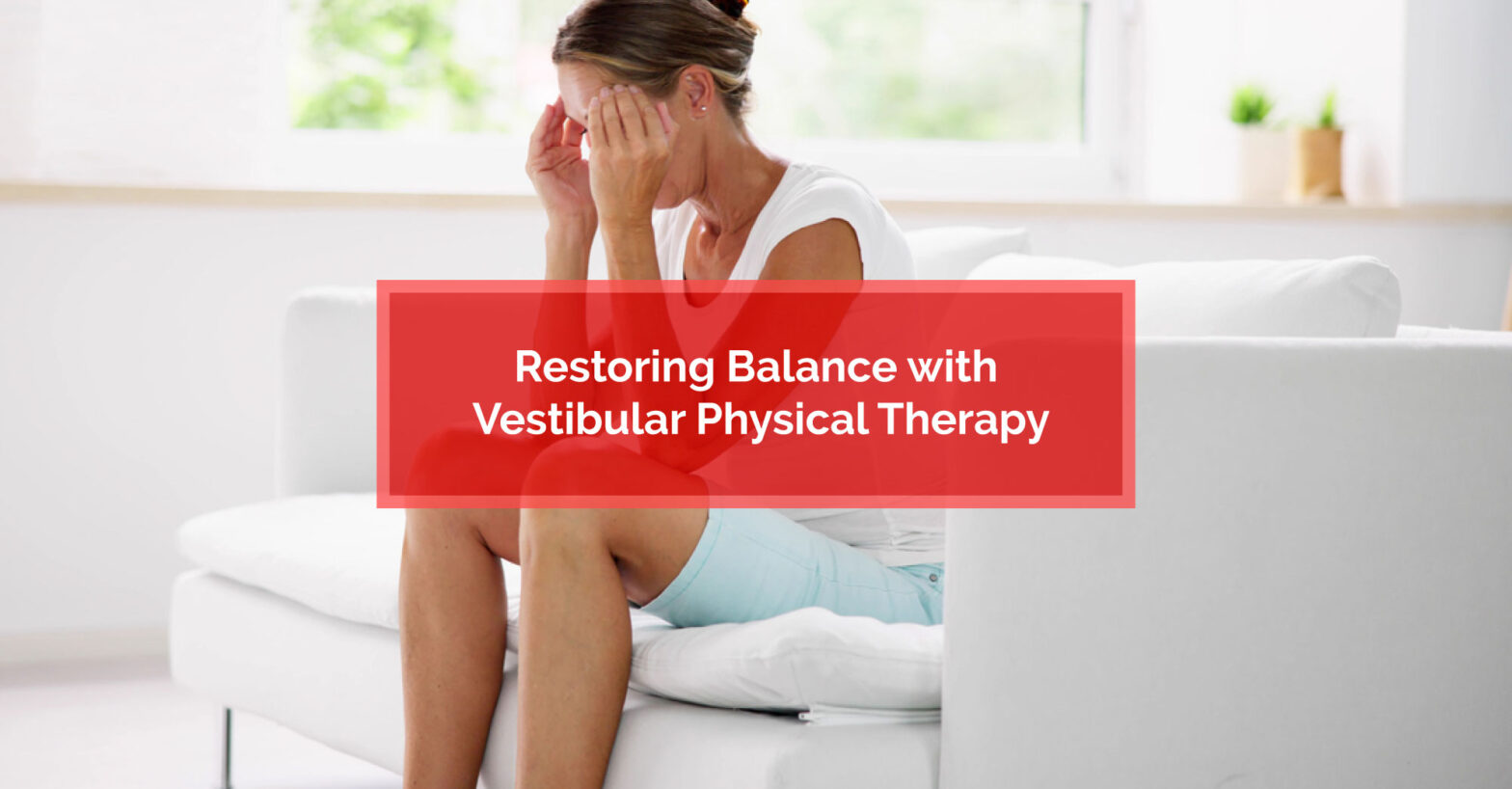Osteoarthritis Treatments: What You Need to Know...
Key Highlights: Osteoarthritis treatments focus on pain relief, restoring joint…
Read More
Posted by Dr. Scott Wilson | 01-Dec-2022
Osteoporosis is a disorder that affects the bones. It decreases bone strength and significantly increases the risk of fractures. Osteoporosis-related bone fractures commonly occur in the wrist, hip, and spine due to the constant movement in these parts. Bone fractures due to osteoporosis can be difficult to heal and can often lead to other health and musculoskeletal complications. Vertebral fractures can not only cause chronic lower back pain but can also lead to respiratory and gastrointestinal health conditions. Moreover, the cumulative effect of multiple vertebral fractures can be devastating and life-threatening, because if you’re suffering with osteoporosis, your bones simply cannot withstand normal strain and pressure. This often results in adverse health effects from simple movements such as bending over, sneezing, turning quickly, or lifting a grocery bag.
Osteoporosis back pain is mainly caused by compression fractures to the vertebrae or spinal column. It can result in sharp, excruciating pain in the lower back and may be felt predominantly around the site of the fracture. Mostly the pain of vertebral fractures is experienced in the thoracic (mid-back) and sometimes in the lumbar (low back) region.
Multiple bone fractures in the spinal column can also lead to musculoskeletal disorders and can profoundly affect your physical appearance. It can contribute to a hunchback’s physical state and lead to rounding of the back, known as dorsal kyphosis, or dowager’s hump. Osteoporosis can even cause degenerative changes in joints, disks, and bones, making your spine progressively more misaligned. Cumulative compression fractures in the vertebrae and the functional disability due to osteoporosis can all lead to severe back pain.
Osteoporosis is also known as a “silent” disease. It doesn’t show any typical disease symptoms and therefore, in most cases, goes undetected. Usually, a bone fracture is the initial sign of osteoporosis. Some people even experience spine malformations, multiple fractures even without serious trauma, compression features, and loss of height.
Some of the most common symptoms of Osteoporosis include:
Osteoporosis causes low bone mineral density which can ultimately leave you predisposed to low-impact, bone fractures. Even mild pressure on the bones or impact from a fall can cause fractures, most commonly in the hip, wrist, or spine.
Osteoporosis affects every bone in your body. It even makes your jawbone weaker and can result in tooth loss. Periodontal disease due to osteoporosis is an infection that affects the soft tissue and bone supporting your teeth.
Osteoporosis affects the bones of your spine and can cause the front of the vertebrae to collapse. This results in an abnormal spinal structure called the degenerative kyphotic spine. This spinal curve can result in breathing issues because of increased pressure on your lungs.
Osteoporosis weakens the bones in your spinal column which makes it extremely painful under normal stress. Low bone density in your back can cause problems throughout the entire musculoskeletal structure leading to severe lower back pain.
Vertebral osteoporosis can transform your physical appearance by leading to a crumpling and collapse of the spinal vertebrae. This leads to hunched posture, curving of the shoulders, and thickening waistline which could even result in hip fracture, and, of course, reduced height.
A lack of handgrip strength is linked to low bone mineral density which is caused by osteoporosis. The loss of skeletal muscle mass associated with osteoporosis will make it difficult for you to hold an object firmly in your hands.
Osteoporosis treatment mainly involves a focus on preventing fractures and strengthening the bones. Physiotherapy exercises and medications are recommended to help speed up the bone-building process for anyone suffering from osteoporosis.
Physiotherapy is an effective treatment method for preventing and managing osteoporosis. Physiotherapy for osteoporosis includes regular exercises, bone-strengthening exercises and weight-bearing activities or resistance training to keep your bones strong and healthy.
Physiotherapy programs also include balance and posture training sessions that are essential in preventing falls. Lack of balance and stability among those suffering from osteoporosis is the number one cause of falls and trauma. Even a simple fall can cause severe fractures to the bones which can take months to heal. Therefore, with proper physiotherapy exercises, you can significantly reduce your chances of falling and experiencing a fracture.
Poor body posture can also put stress on your lower back which causes spinal fractures and can result in severe back pain. An important part of a physiotherapy program focused on osteoporosis is training exercises for improving your posture. This will significantly reduce vertebrae fractures and can also relieve lower back pain.
Some other benefits of physiotherapy for osteoporosis treatment include:
General exercises and weight lifting programs are not recommended for osteoporosis as they can actually cause damage to your bones and result in injuries. Physiotherapy programs are based on a custom treatment plan that reflects the severity of your osteoporosis, your health status, lifestyle, and various other critical factors.
Bisphosphonates are drugs that prevent low bone density and are useful in slowing down the rate at which bone is broken in your body. Bisphosphonates are analogs of naturally occurring inorganic pyrophosphate. It’s essential for restoring bone mineralization and is also found in body fluids that include synovial fluid, plasma, and urine. Bone mineralization is important for healthy and strong bones. Those suffering from osteoporosis tend to lose bone minerals faster than they’re regenerated. By taking bisphosphonate-based medications, you can prevent your bones from losing calcium and other minerals by reducing or eliminating the natural processes that dissolve bone tissue.
There are several different types bisphosphonates, including:
Answer: No. Osteoporosis often progresses without any pain and is not diagnosed until bones fracture. This is why it’s usually called the “Silent Disease”. If you experience any symptoms of osteoporosis, you should visit your nearest doctor to undergo imaging and lab tests.
Answer: Osteoporosis often affects about one in five women over the age of fifty, but only one in twenty men over the same age. It sometimes even develops in children and is called juvenile osteoporosis.
Answer: No. But certain health supplements can improve bone strength and restore bone mineralization. This will prevent bone fractures, to an extent. The best health supplements for osteoporosis contain the following nutrients:
Answer: Pain relievers like acetaminophen, aspirin, ibuprofen, and naproxen can provide temporary relief from osteoporosis back pain. You can also try prescription pain drugs and antidepressant medications.
Physical activity is highly recommended by doctors for combating osteoporosis because it maintains and strengthens your bone health while improving muscle strength to better support your bones. At Physiomed, our physiotherapy treatment plans can help you prevent and treat osteoporosis through carefully prescribed and monitored exercise programs. We can also help you with nutritional and lifestyle counseling, so that you can improve your diet to most effectively support your physical treatment.
If you’ve been diagnosed with osteoporosis or think you may be at risk, contact us today and let us show you why, at Physiomed, Healthier Starts Here.

Key Highlights: Osteoarthritis treatments focus on pain relief, restoring joint…
Read More
Key Highlights: Runner's knee, or patellofemoral pain syndrome, is a…
Read More
Key Highlights: Upper back and neck pain can be caused…
Read More
Key Highlights: Many people want to lose belly fat for…
Read More
Key Highlights: Vestibular physical therapy, or physiotherapy, is a specialized…
Read More
Key Highlights: Tennis elbow, or lateral epicondylitis, is a condition…
Read More